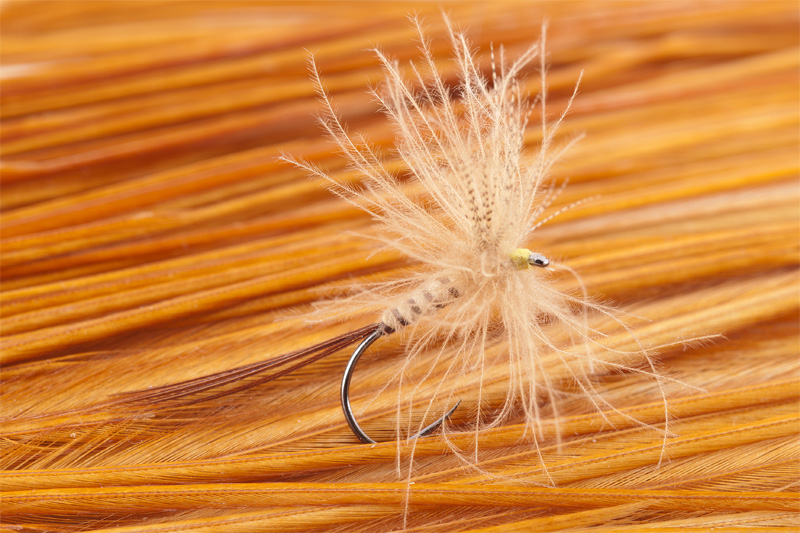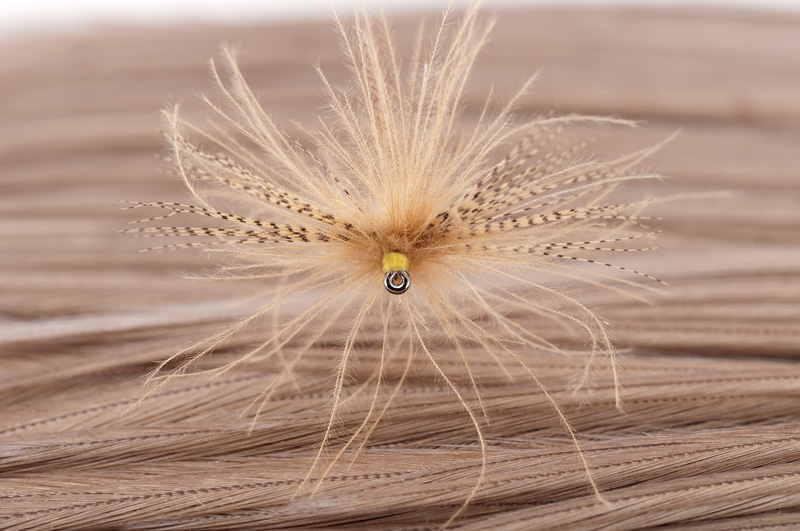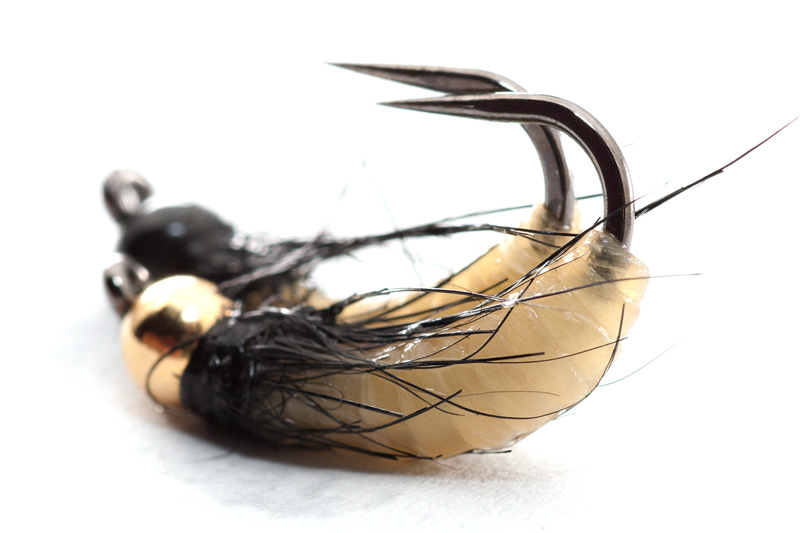Super Long Hair is a new material from Textreme Italy. At a first glance you are impressed by colors, hues, brightness and transparency. When having it in your hand you immediately notice that the fibers are flexible and delicate as well as strong.
At the beginning I was skeptical about the density of the fibers. They didn’t seem to be enough. I admit that I was used to working with cactus chenille and other synthetic chenille that are denser. After I started using it I liked the fact that the material is fixed on a thin core and the fibers are arranged mainly just on one side so that they can be worked very easily with during tying.
I tied a few shrimps and realized that the density of the fibers is exactly what it need to be: dense enough to give volume and sparse enough to allow it to move well in water. The core of the material lays down well giving making an excellent body.

Here are a few photos of the material:



I tied a few patterns for sea trout and other species of salt water and here is what I came out:



I can definitely say that it is a very interesting and pleasant material to work with. It gives you ideas and lets your imagination fly. Strong and nicely colored, this material became one of my favorite. I consider it a must for tying these types of streamers and other flies for salt water.
Those who are interested in buying this material can find it on www.troutline.ro in fly tying section with brushes,chenille and braid


















































































